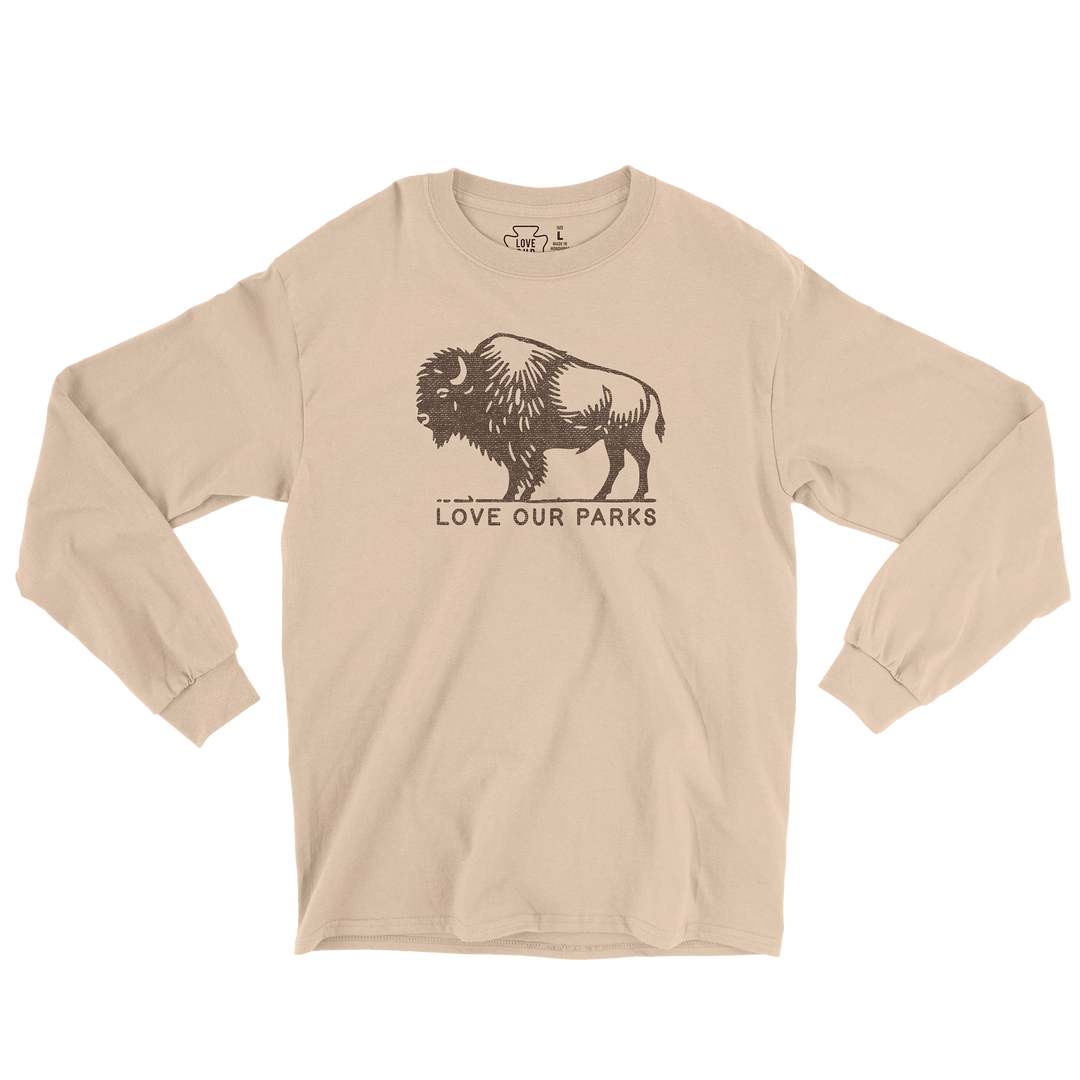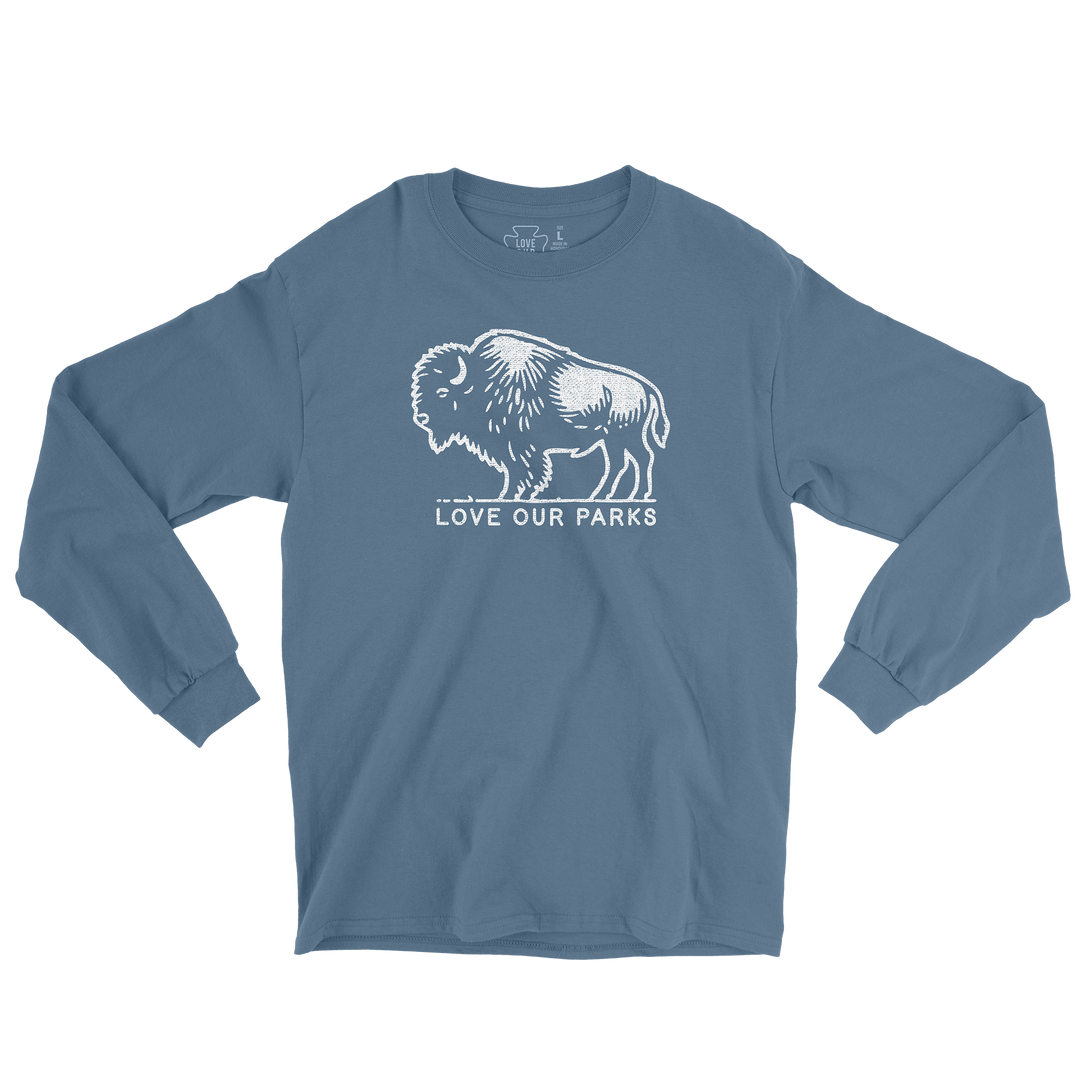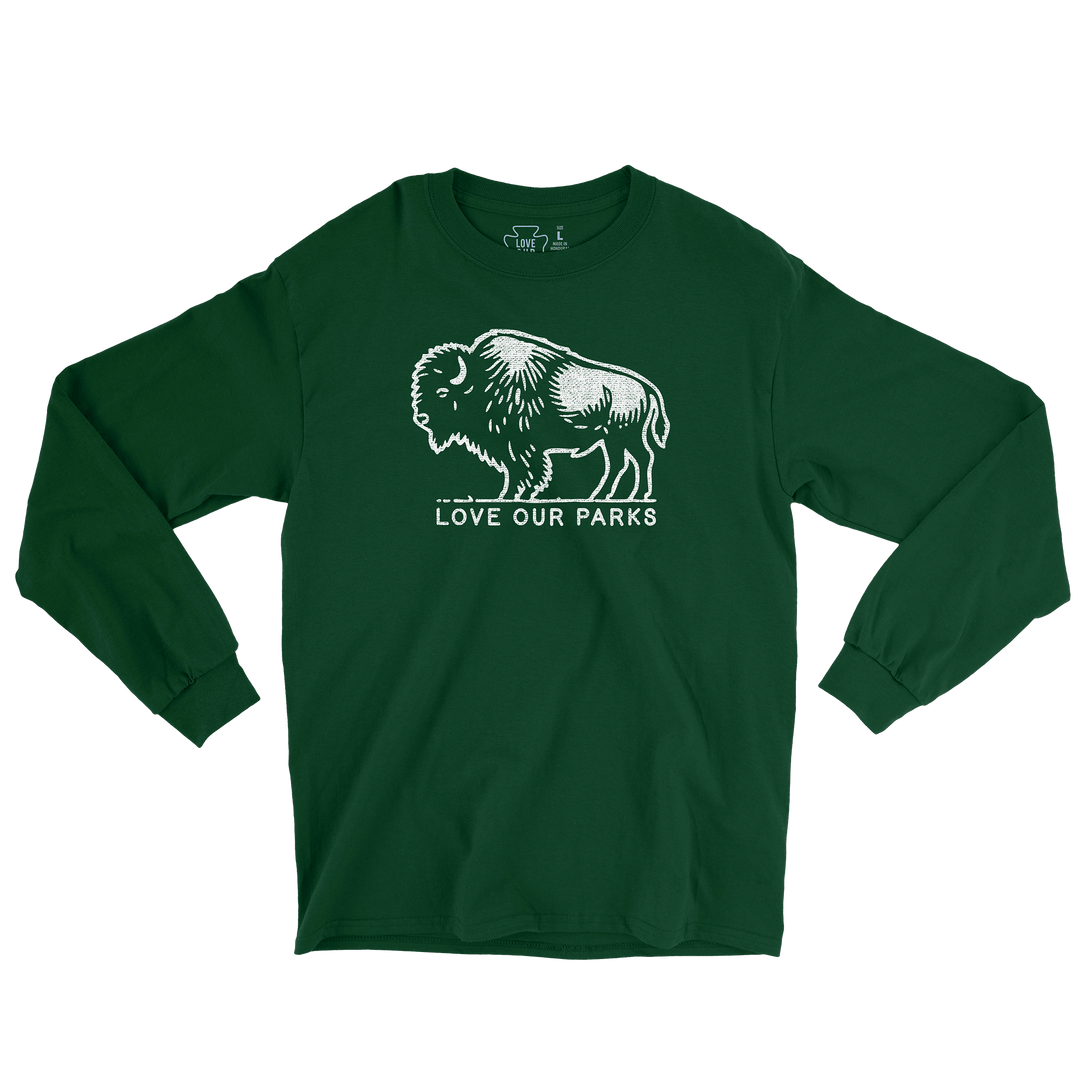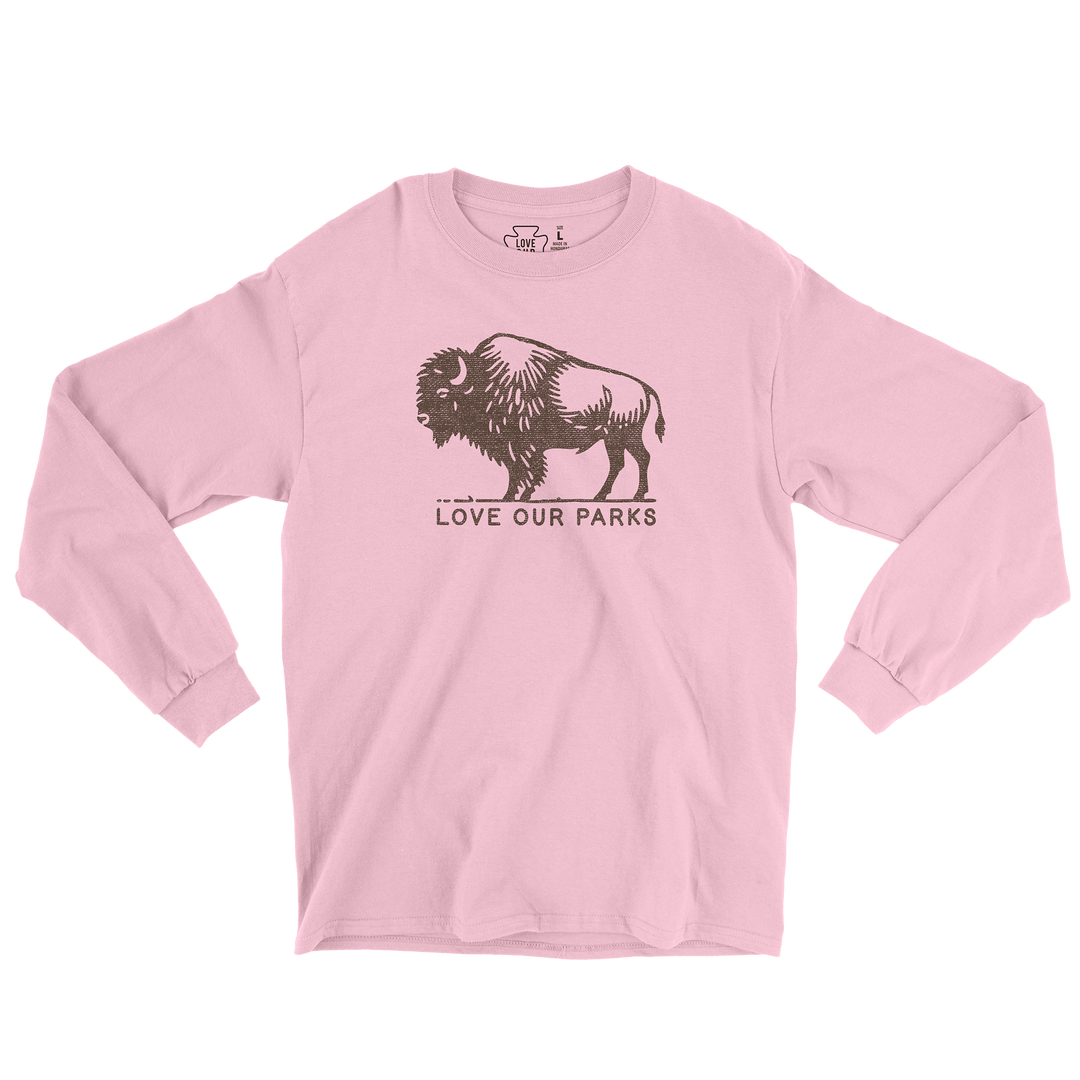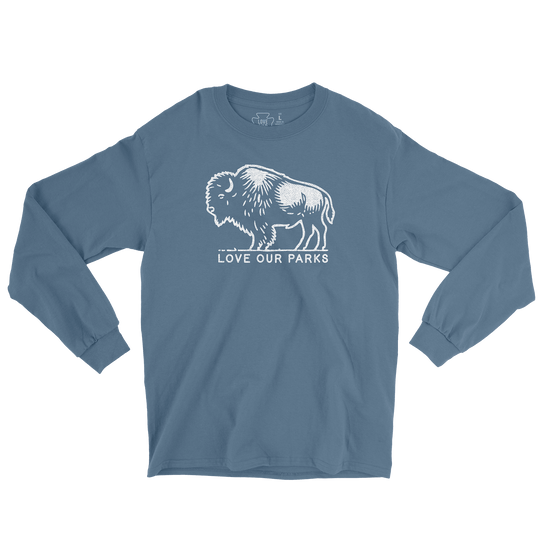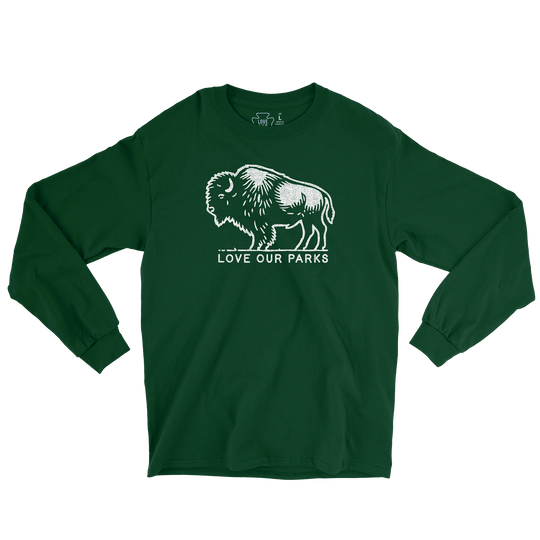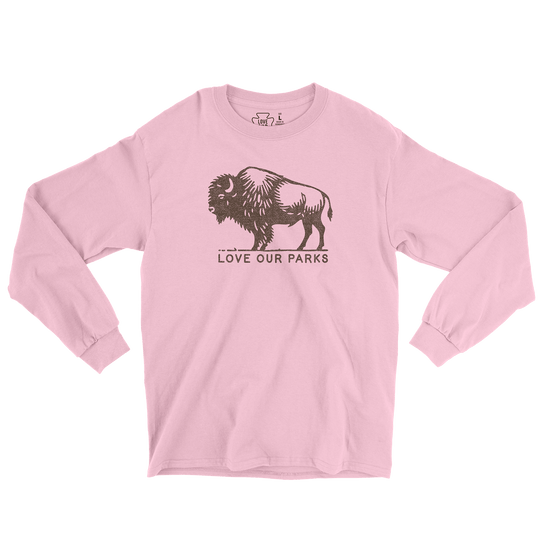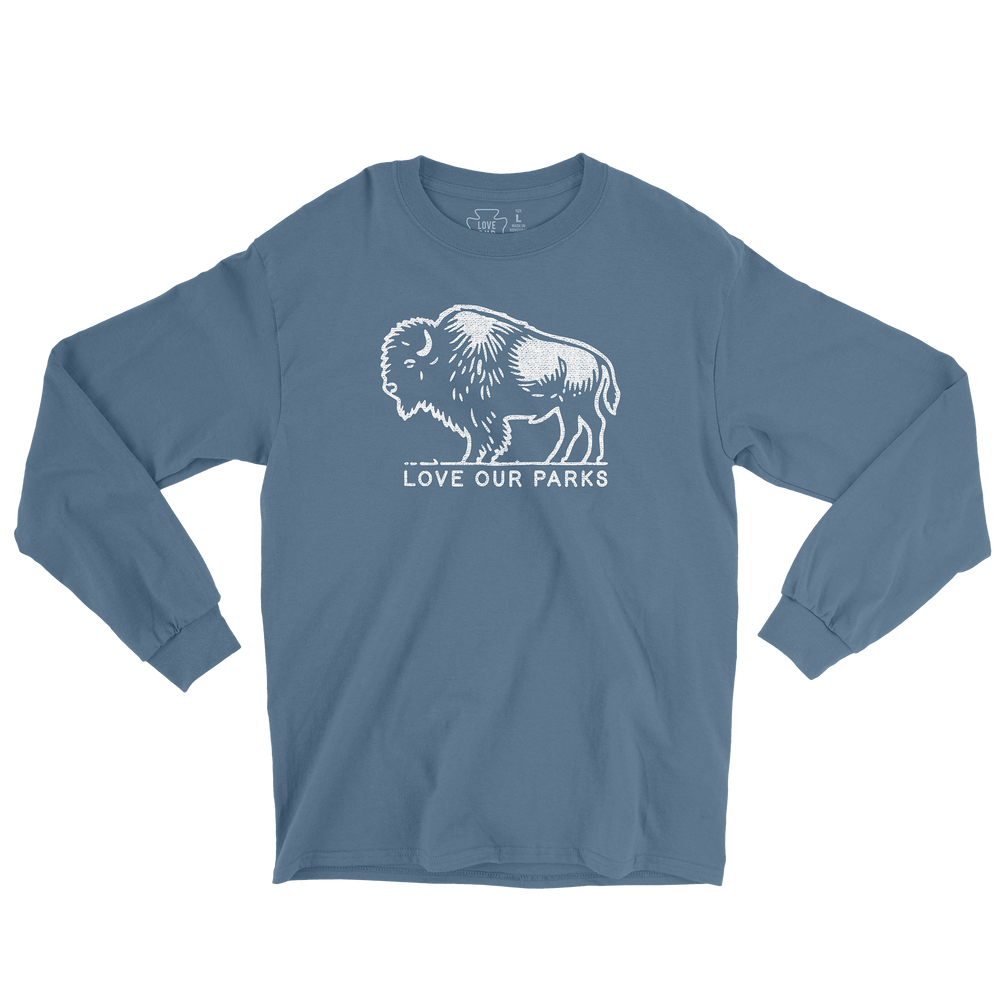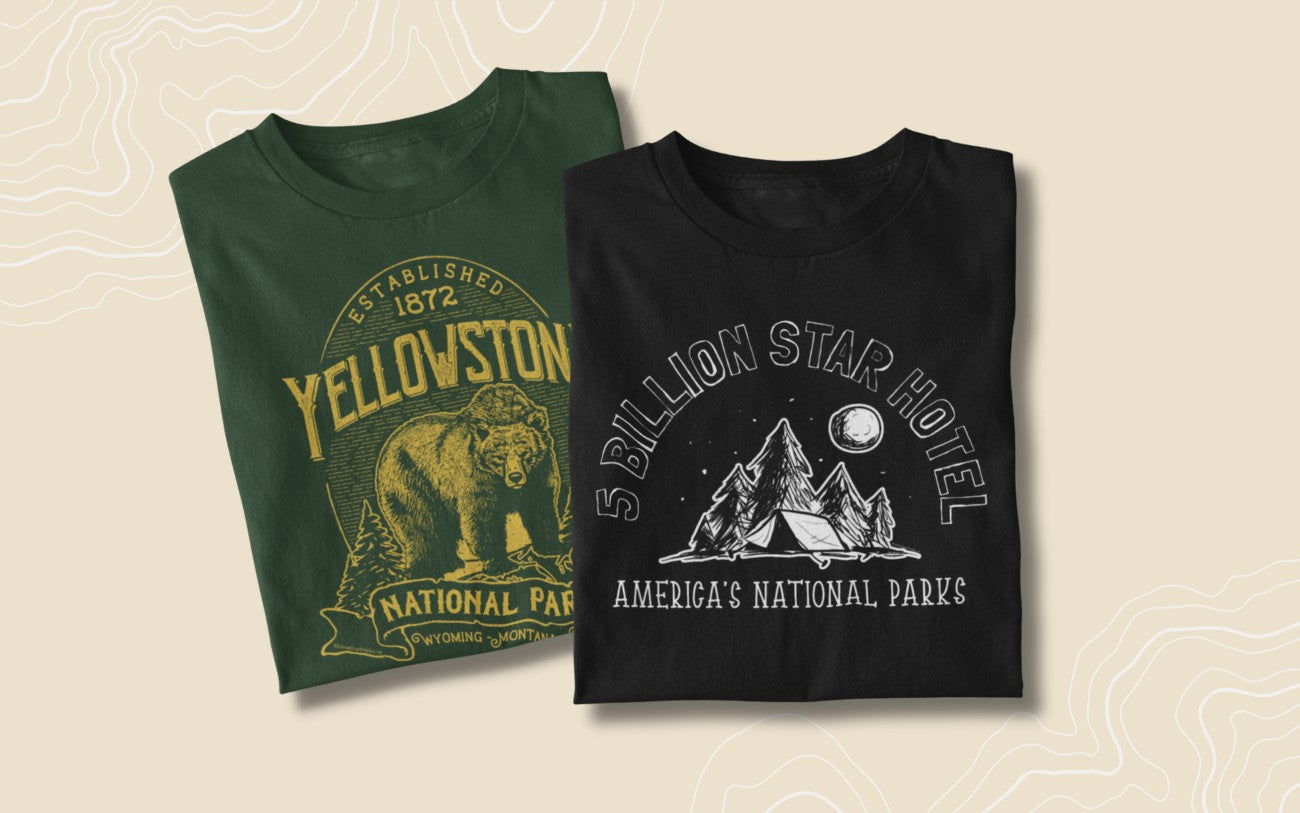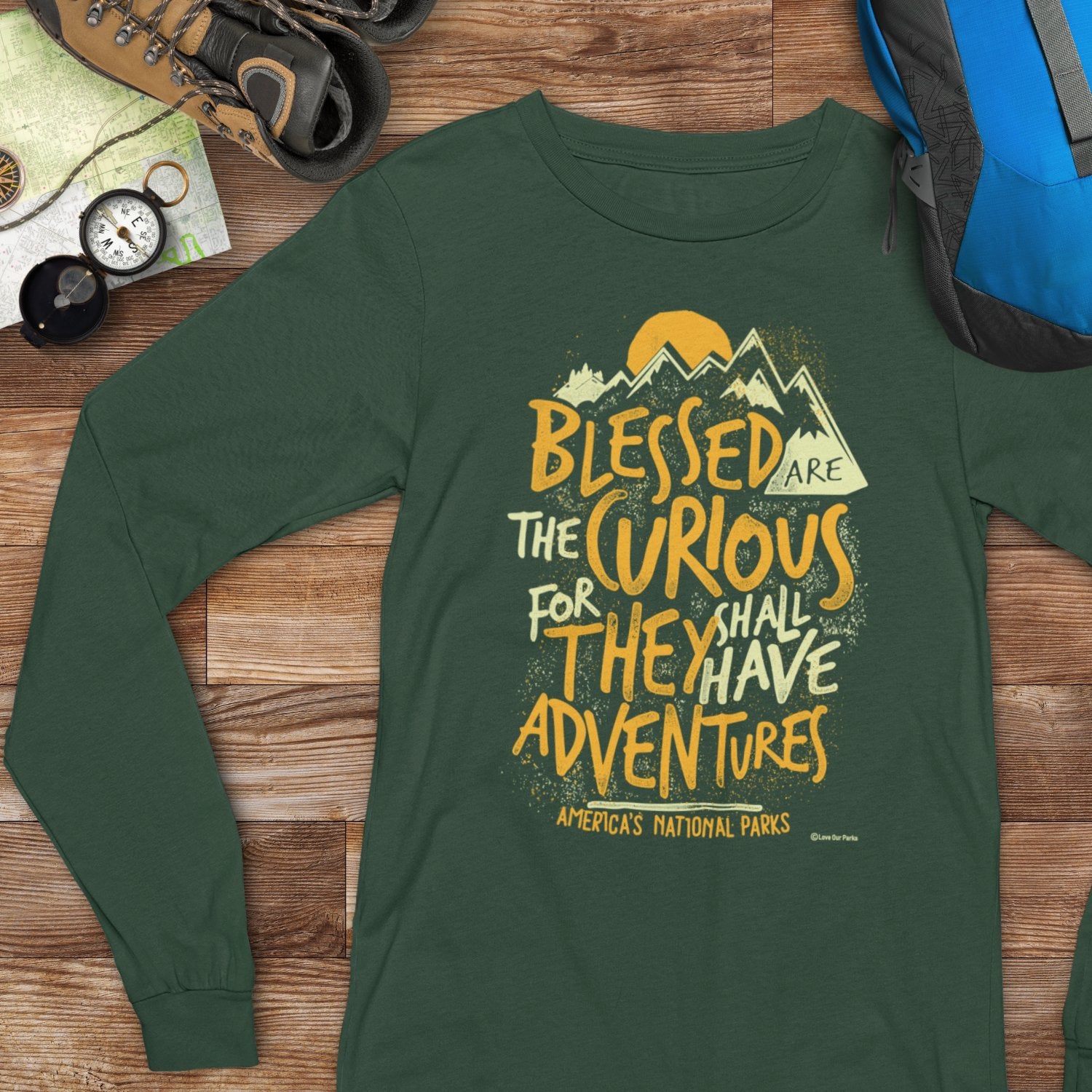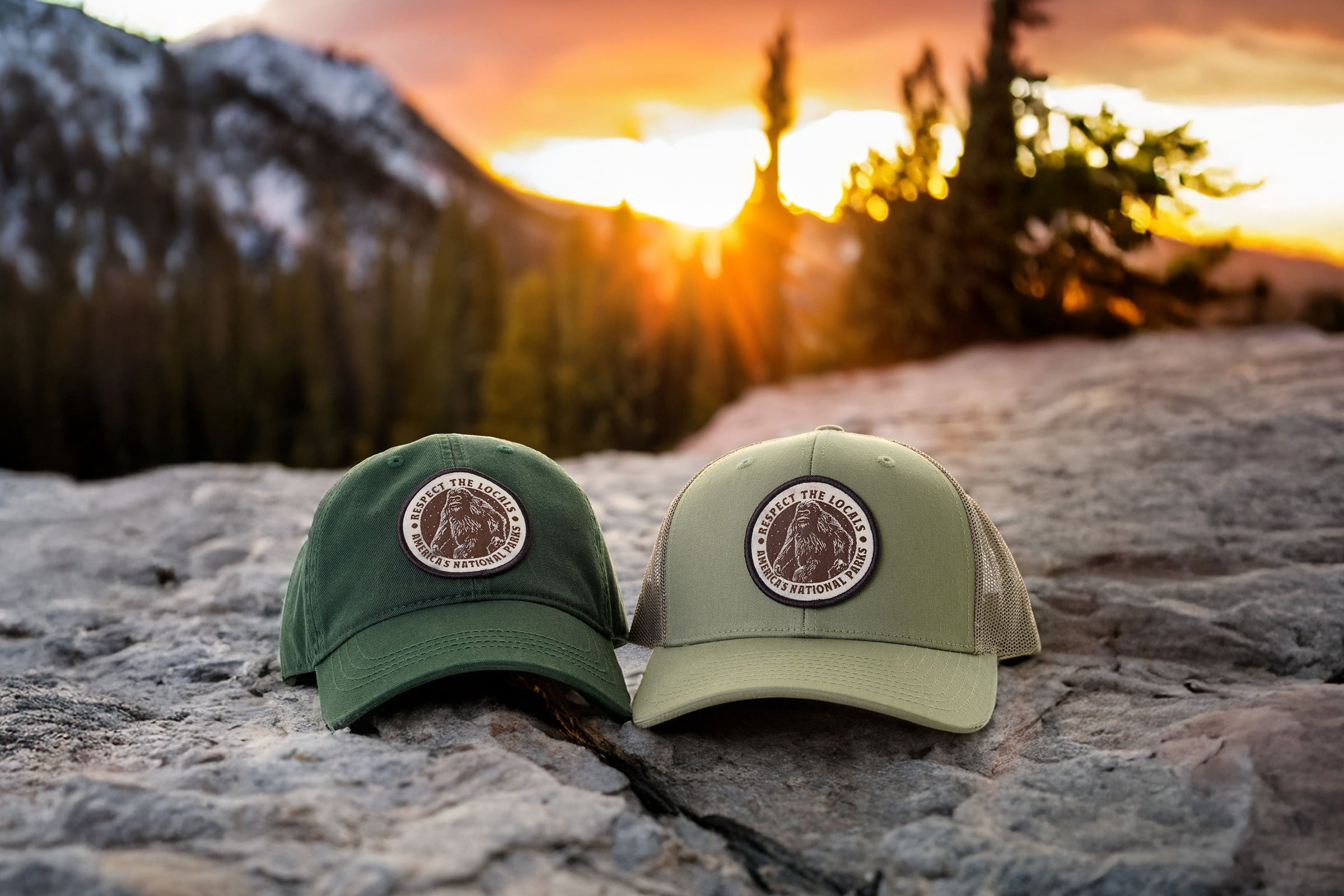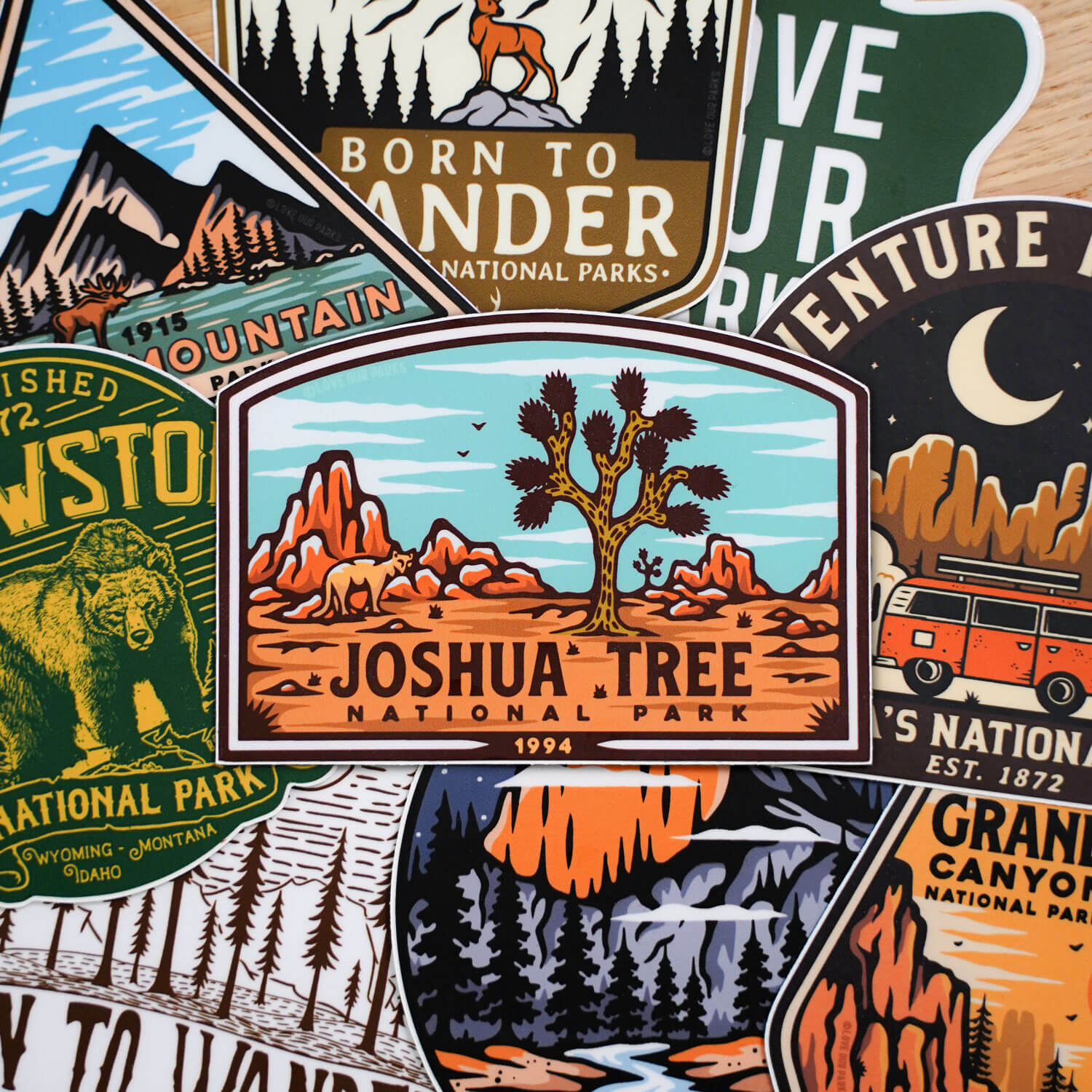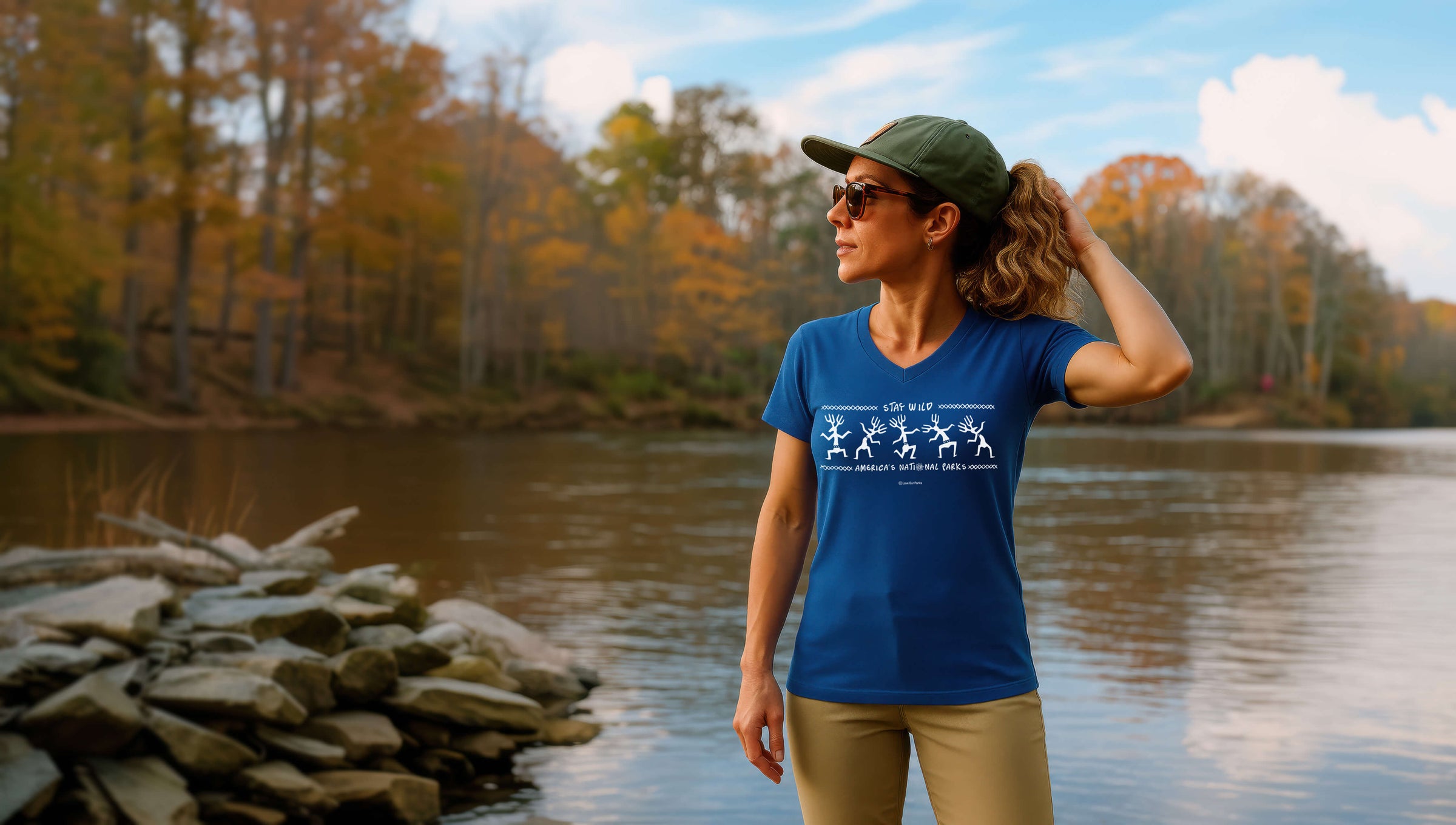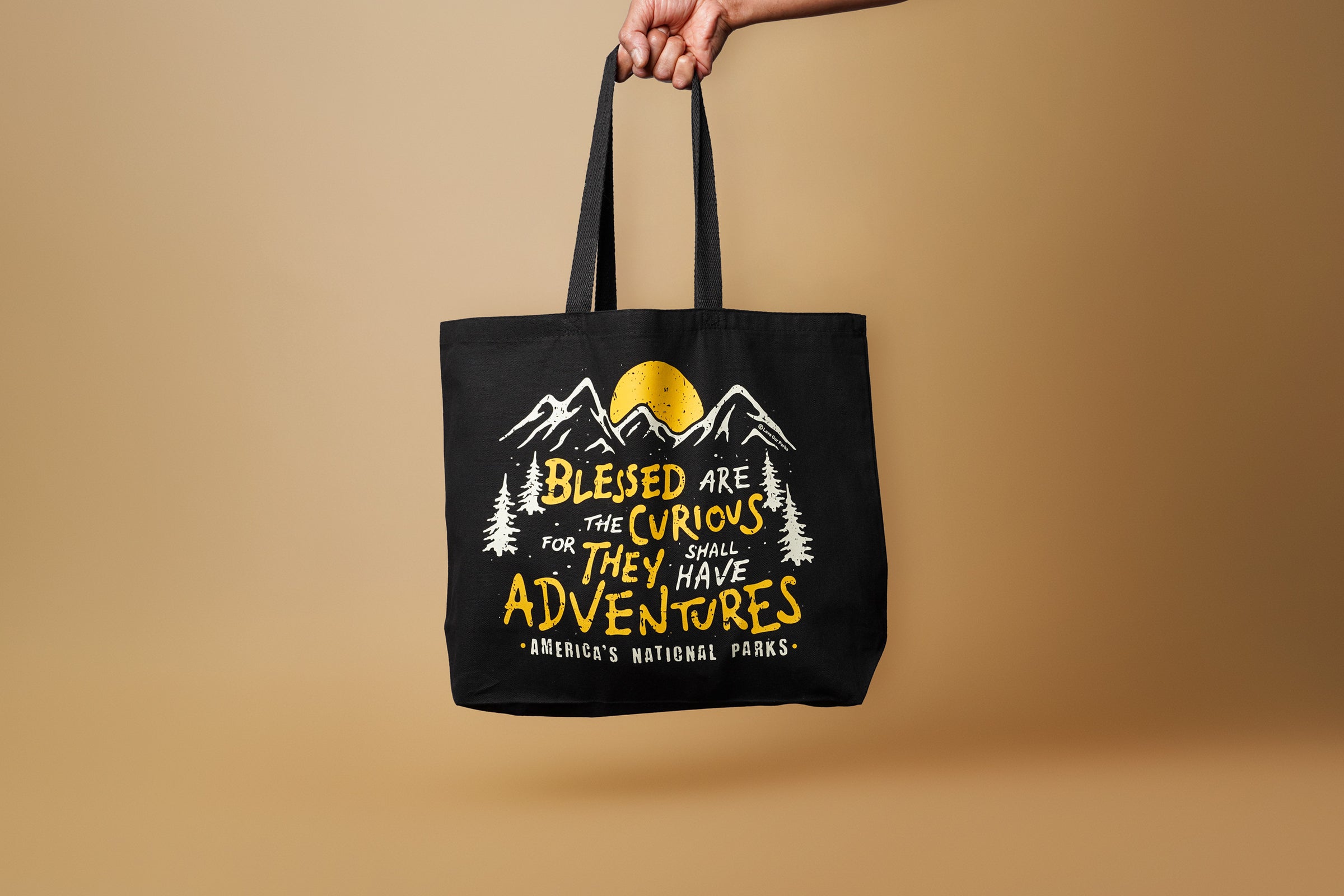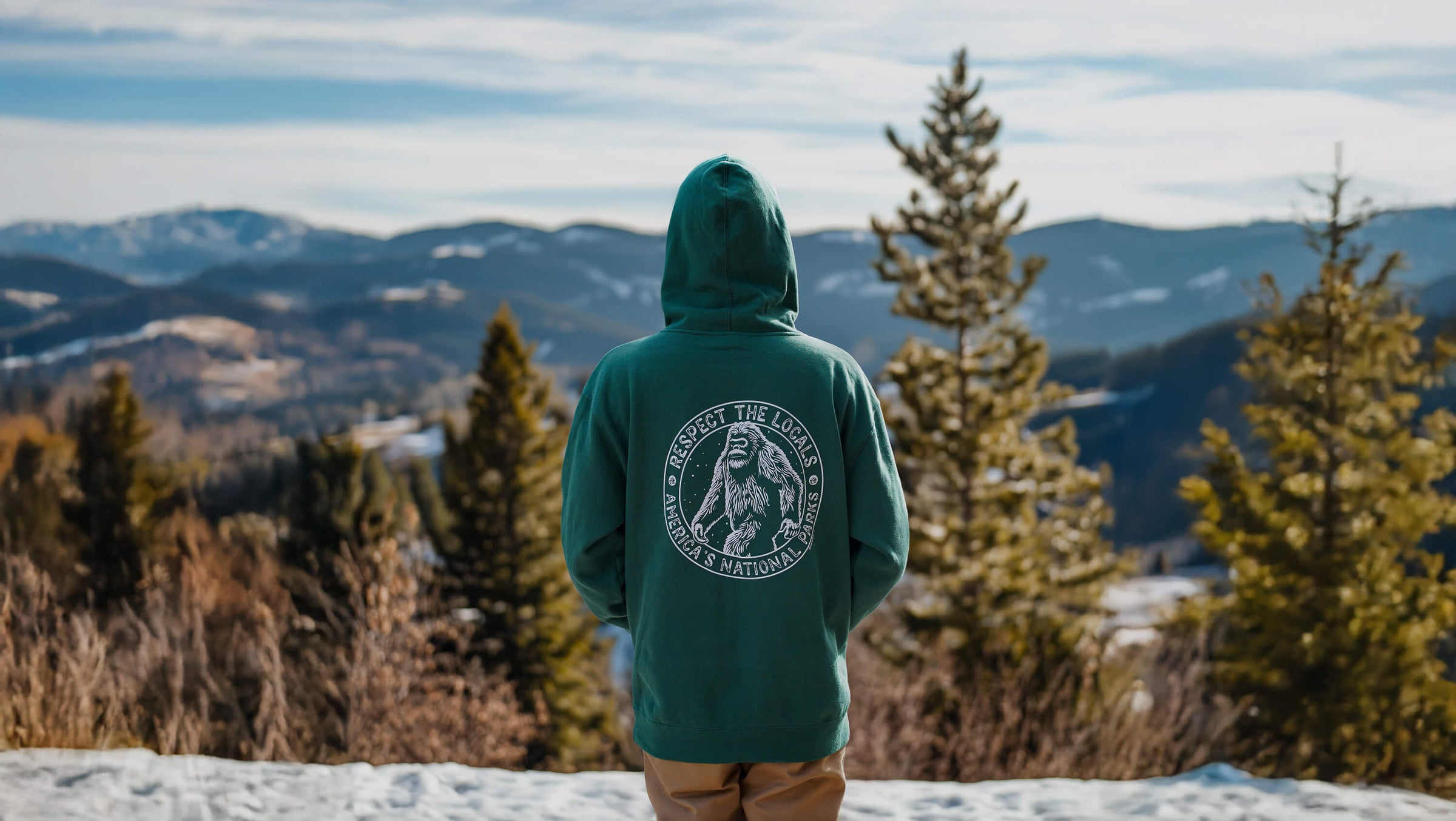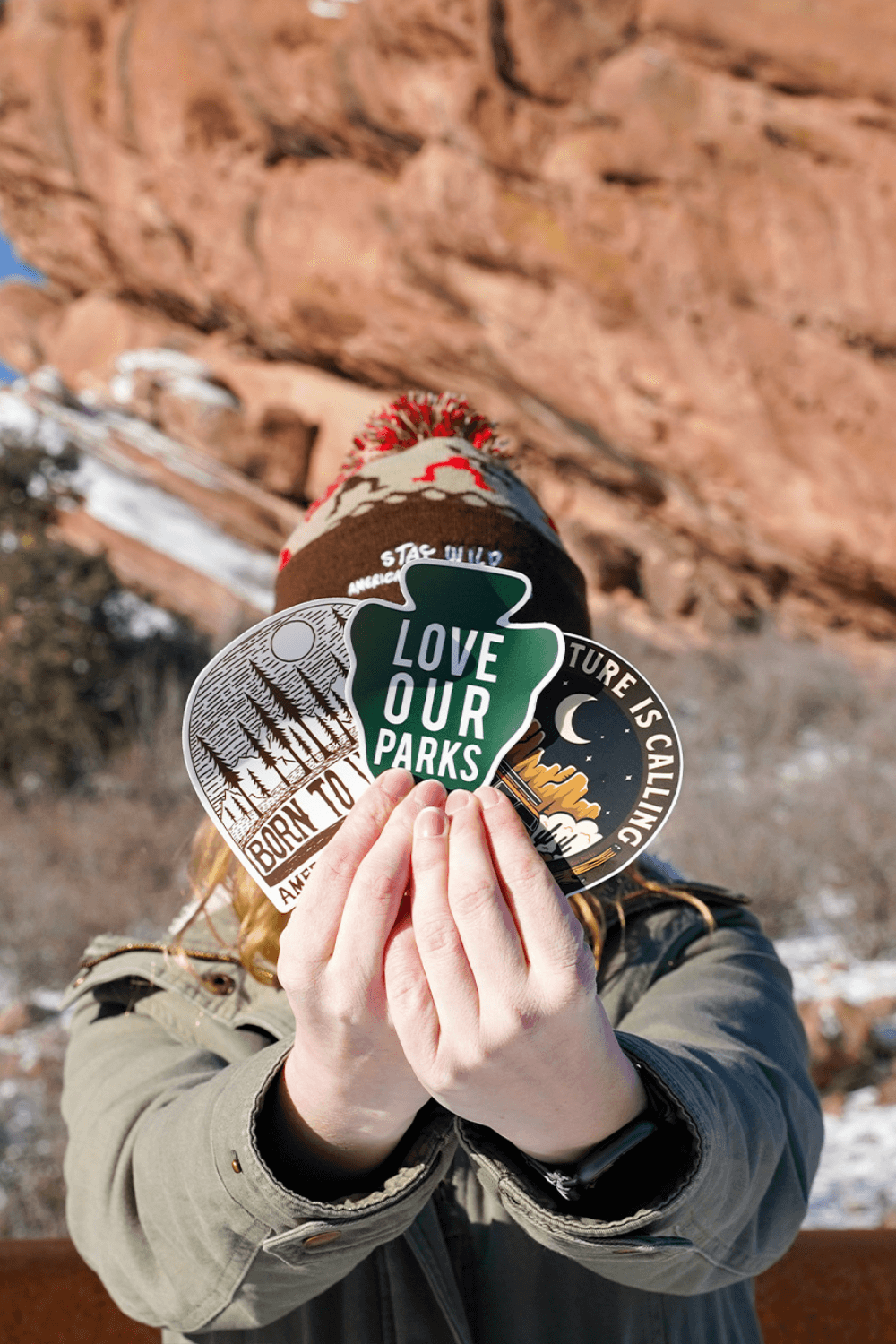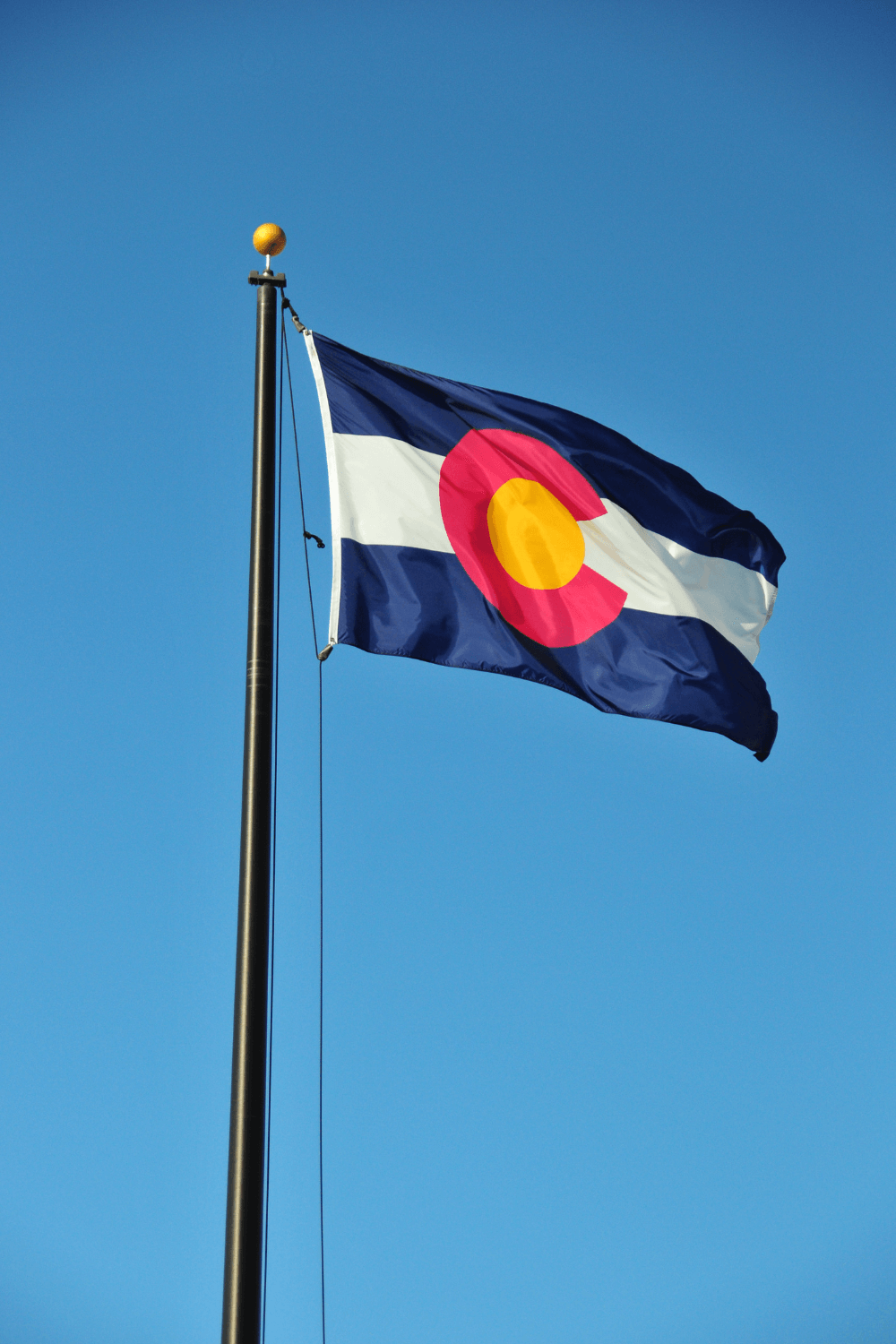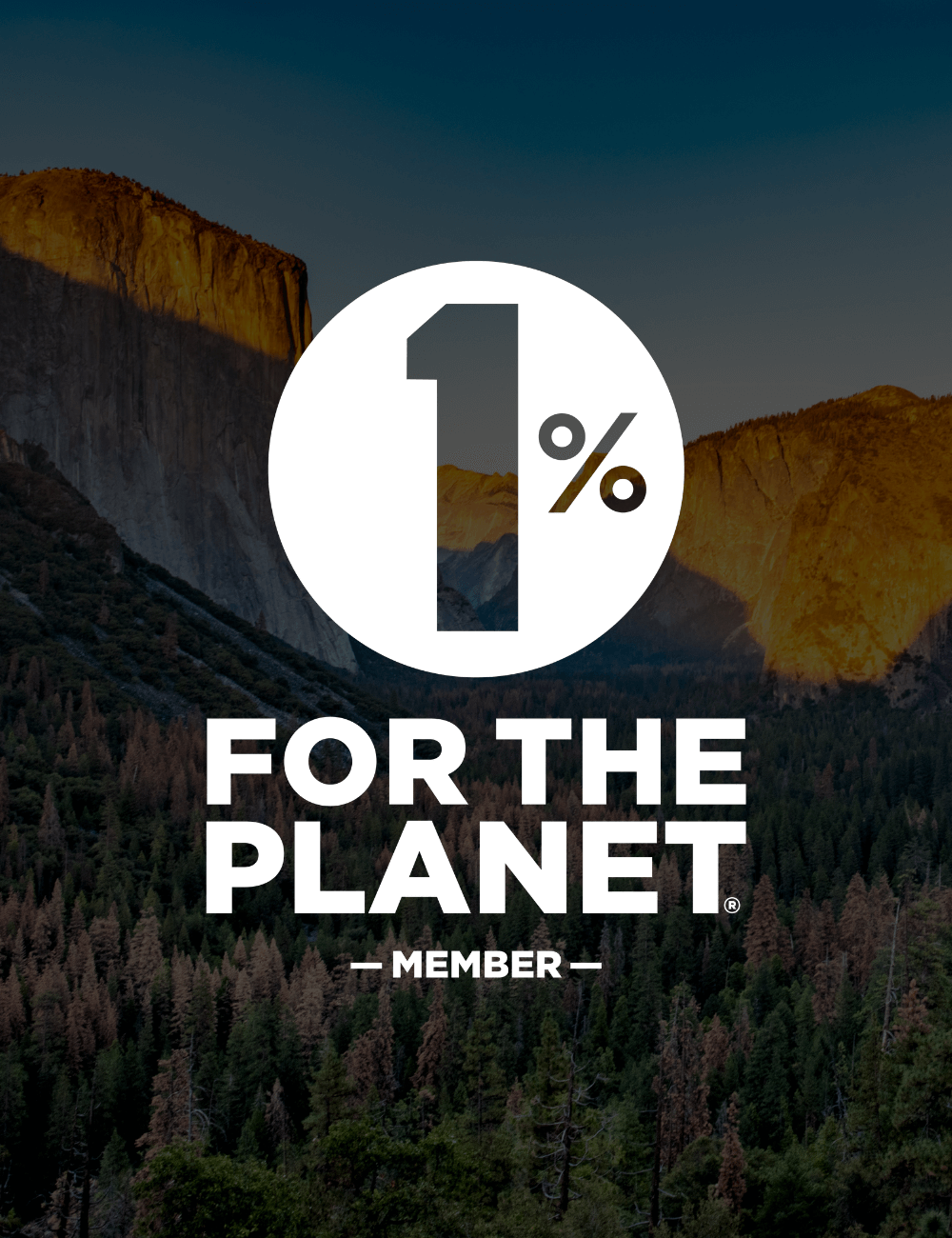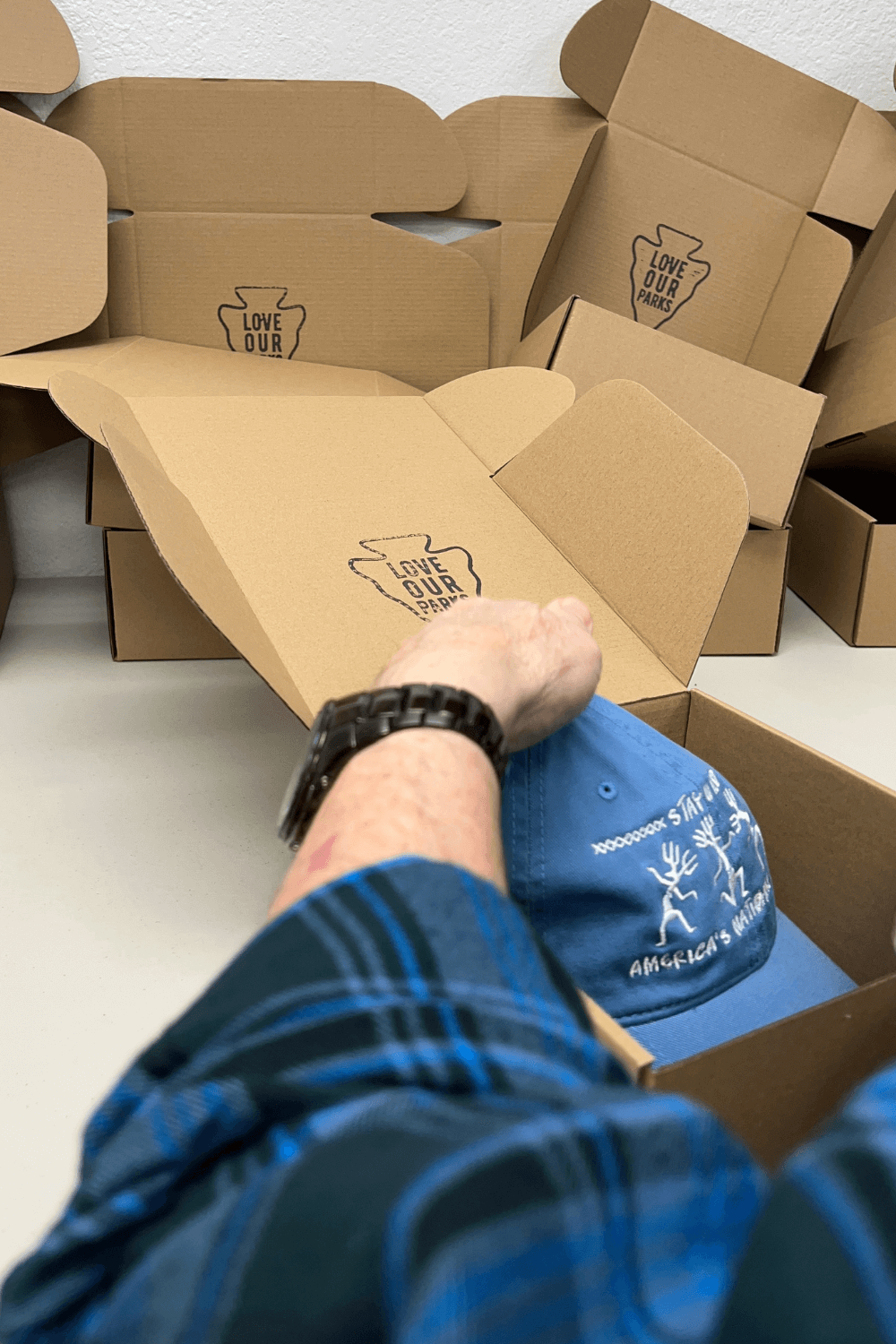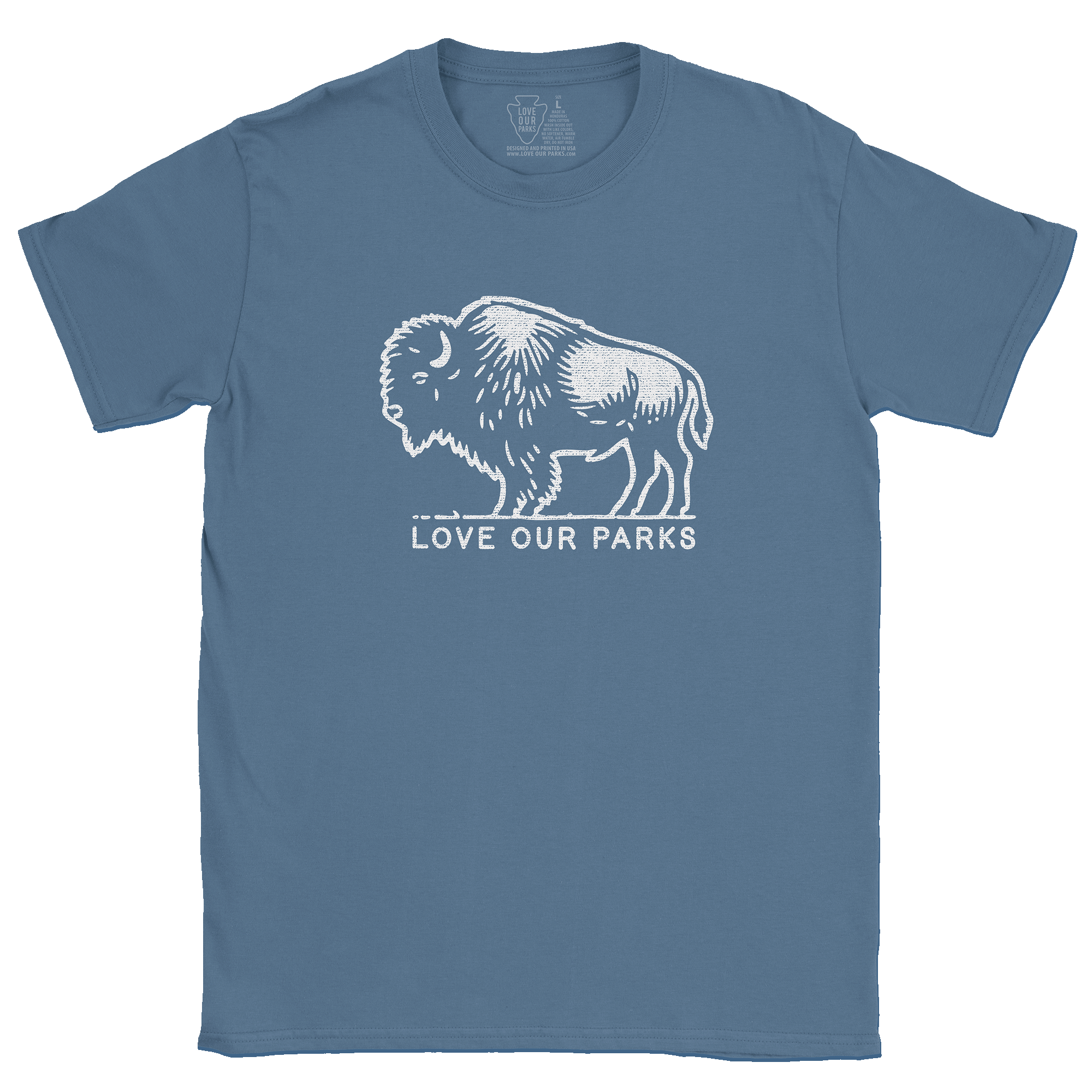Love Our Parks Bison Long Sleeve Tee
Size Guide
| Size | Width | Length | Sleeve Length |
| Small | 18" | 28" | 33 1/2" |
| Medium | 20" | 29" | 35" |
| Large | 22" | 30" | 36 1/2" |
| XL | 24" | 31" | 38" |
| 2XL | 26" | 32" | 39 1/2" |
How to Use The Size Guide
All measurements are taken with the shirt laid flat:
-
Width is measured across the chest, from one armpit to the other. To calculate the full chest circumference of a shirt, double that number.
-
Length is measured from the highest point of the shoulder (near the collar) down to the bottom hem.
If you're between sizes, we recommend sizing up for a more comfortable fit.
Pro Tip: Measure a shirt you already love and compare it to this chart for the best match.

Please note: There is a ±1 inch tolerance on all measurements to allow for natural variation in the sewing process.

Every purchase helps protect National Parks
Easy 30-day exchanges & returns
Free U.S. shipping on orders $100+
Celebrate the spirit of the wild with our Love Our Parks Bison Long Sleeve Tee. Featuring a bold illustration of the iconic American bison, this unisex tee is made from mid-weight cotton for the perfect blend of comfort and durability. Available in multiple colors and proudly designed and printed in the USA, each purchase helps support our National Parks.
 Designed & Printed in Denver, Colorado
Designed & Printed in Denver, Colorado
Classic fit with a heavyweight fabric for added durability and warmth.
Features:
- Classic fit
- Heavyweight fabric
- 100% pre-shrunk cotton
- 7/8" rib collar
- Taped neck and shoulders
Fabrication:
All colors are 100% cotton
Follow these tips to extend the life of your tee:
- Wash cold
- Turn inside out
- Use gentle detergent
- Tumble dry low or hang dry
- Avoid ironing over the design
We believe protecting the outdoors starts with how we operate. That’s why every tee is printed to order—reducing excess inventory, cutting down on waste, and minimizing the carbon footprint associated with large-scale warehousing.
Our apparel blanks are sourced from manufacturers who prioritize ethical labor practices and environmental responsibility. They’re made in facilities that conserve water and energy and follow circular production practices—reducing, reusing, and recycling wherever possible.




